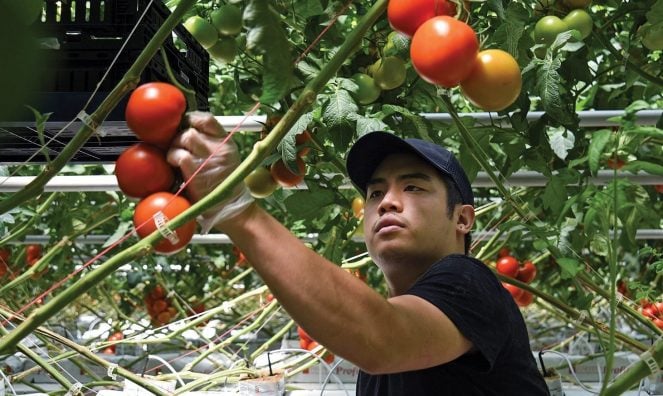Ohio Farm Bureau introduces Energy and Utility Issues Resource Guide
Ohio Farm Bureau’s newest resource for members seeks to help farmland owners navigate the many questions surrounding energy development.
Read MoreFulton County Farm Bureau member Paul Barnaby can’t hold back the pride he feels when he passes the new NatureFresh Farms facility being built in his county.
“You’re impressed every time you go down (State) Route 108,” he said. “I’ve had a chance to go in and see the tomatoes. They’re the biggest stalks you’ve ever seen.”
Barnaby would know. The self-proclaimed “retired” farmer spent 27 years as an agriculture teacher in northwest Ohio before turning his attention to county government. He’s been a Fulton County commissioner for 16 years and has a spot in the county’s Agricultural Hall of Fame.
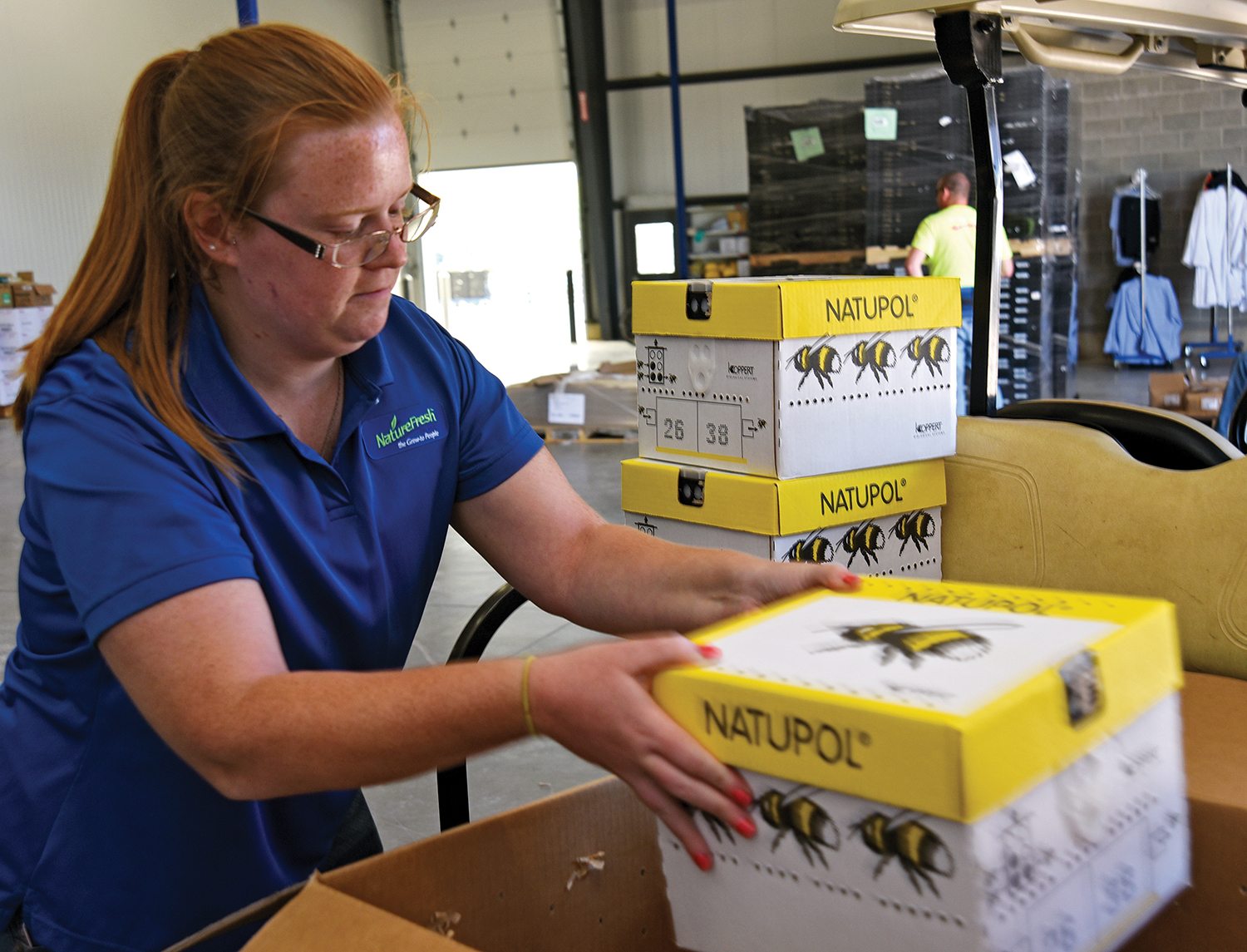
He said the Canadian company’s decision to make its first North American investment in Delta is significant for the whole region and one of the “biggest assets in Fulton County.”
Ontario-based NatureFresh brought its greenhouse technology to this part of Ohio after searching for several sites within the state.
“Location was key,” said Chris Veillon, NatureFresh Farms director of marketing. “We are able to get our product to market very quickly. The opportunity and reach is significant as we grow and market fresh produce 12 months of the year.”
With access to major interstates (including I-75 and I-80/90), the large facility, which has been taking shape in Delta for more than a year, will provide locally grown tomatoes year-round to more than 20 million people in a five-hour radius of its location.
The brand name of the variety of tomatoes grown at the facility is OhioRed and currently includes tomatoes on the vine, beefsteak, roma and specialty tomatoes that are coming on line shortly. As the site grows, so will the varieties, Veillon said.
OhioRed tomatoes are the definition of “locally grown,” Veillon said. “You know where they’re coming from; you know who the grower is.”
Ground broke on the facility in April 2015, with the first plants going in the day before Thanksgiving that year, he said. The first crop was harvested in February 2016.
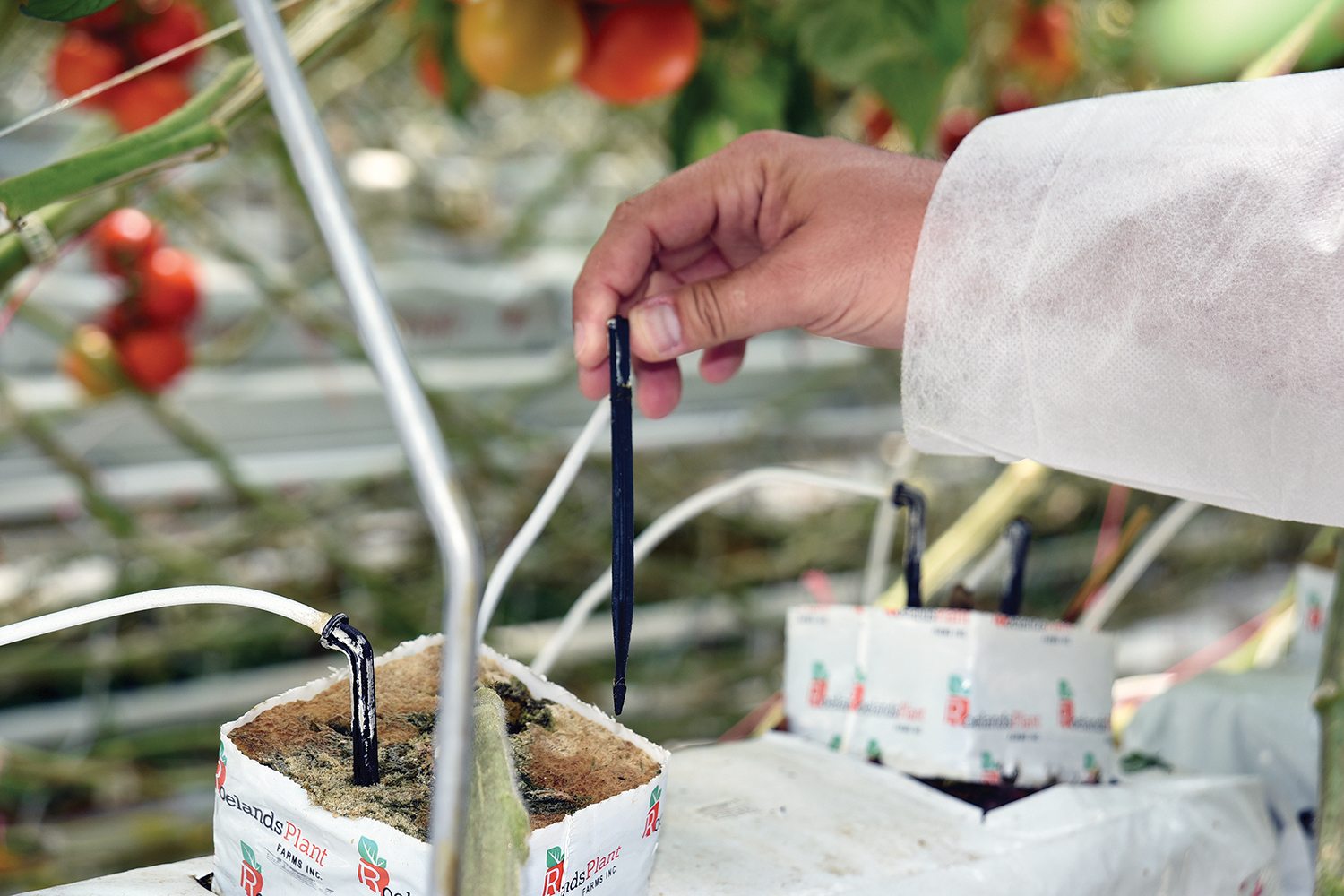
The Delta location is about 2½ hours away from the NatureFresh Farms headquarters in Leamington, Ontario. Selecting a site for the company’s first enterprise inside the United States was important, Veillon said.
So far the company has built 45 acres of hi-tech greenhouses using the latest temperature and nutrient controlled technologies to keep tomatoes growing (see sidebar). The business plan calls for 180 acres to be completed in 12 phases over seven years, Veillon said.
“The interest is astronomical,” Veillon said. “People drive by it every day and see something different every day. This is an eventual $200 million investment in northwest Ohio.”
Delta Village Administrator Brad Peebles said the 300-plus jobs that will be created provide “quality development opportunities” for those seeking employment. He said farmers in the community recognize the positive economic impact of the development on the region, not seeing the company as competition.
“This industry supports our ag community and (local farmers and NatureFresh Farms) serve two distinctly separate markets.”
NatureFresh’s OhioRed market includes chain grocery stores such as Kroger, Giant Eagle, Heinen’s and Wegmans. Veillon said more than 23,000 cases of OhioRed tomatoes were being shipped from Delta weekly to destinations throughout the Midwest to the East Coast and as far south as Texas.
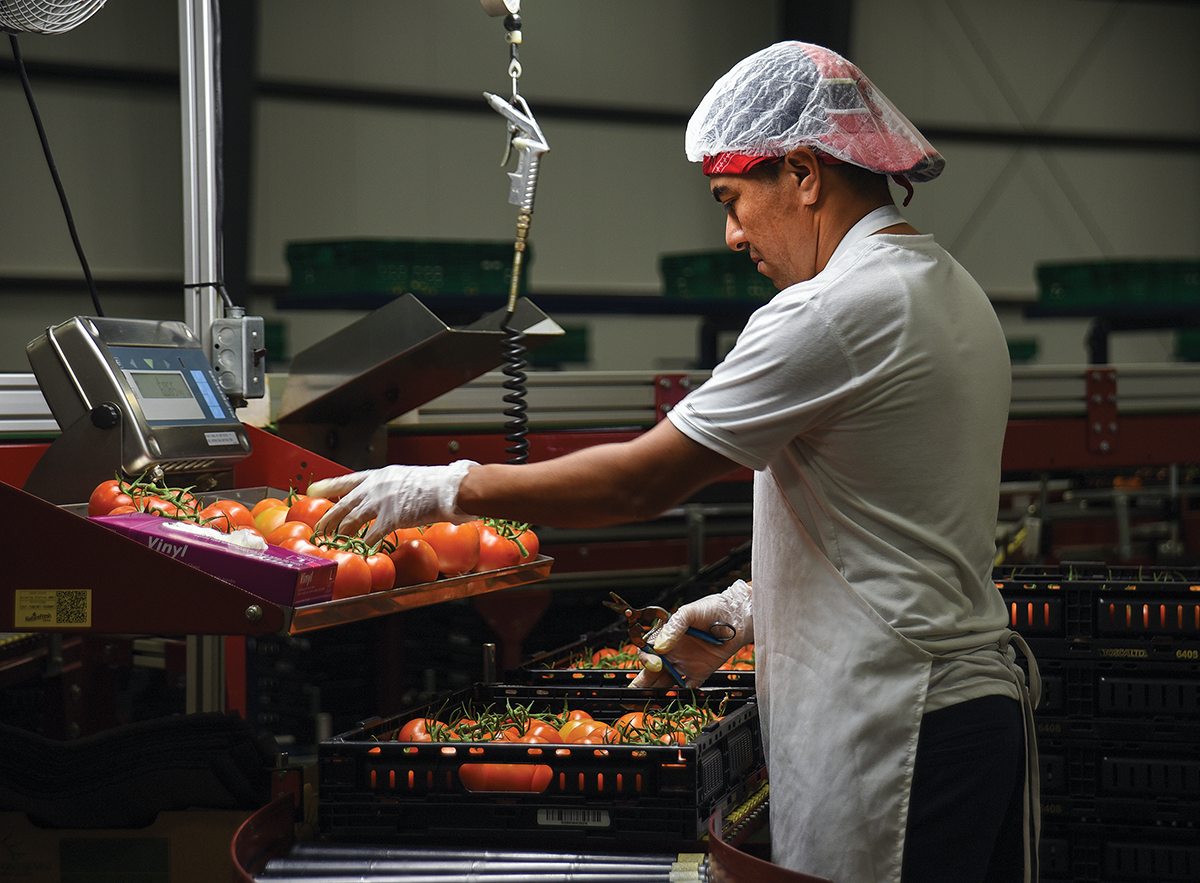
“Some competitors grow for yield; we grow for flavor and quality,” Veillon said.
NatureFresh Farms is a big company, but it is family owned and operated. It also prides itself on being organic and using clean energy to power its greenhouses.
That’s also a factor that made Delta attractive, according to Peebles, the Delta village administrator.
With NatureFresh’s use of radiant heat for its greenhouses and “clean” technology, Peebles also sees potential with another Delta business anchor: North Star BlueScope Steel, which opened in the village in 1997.
“For me this is the final hurrah before I retire,” he said, with a laugh, “to see the potential opportunity of a relationship between North Star and NatureFresh Farms and the positive economic impact and environmental impact on this area.”
Climate controlled technology makes it happen
With the press of a button tightly climate-controlled NatureFresh Farms greenhouses in Delta can make major or minor adjustments in temperature, water and sunlight distribution depending on the needs of the tomatoes being grown behind its giant glass walls.
All functions in the greenhouse are monitored by a computer system. The growers set the tolerances of acceptable conditions and if the computer senses a condition out of acceptable tolerances, it alerts the grower on his or her smartphone. Adjustments can be made on the smartphone or, if necessary, the grower will go to the building to check or correct the situation.
Hydroponic method
There are various growing methods that can be described as hydroponic, but the one thing they have in common is they are plants grown without soil. The long expanses of tomato vines in the NatureFresh facility ripen from the bottom up, meaning the lowest hanging fruit is the ripest in a continual loop. With hydroponics, the roots of the plant are immersed in water or are grounded in something other than soil. At NatureFresh the plant roots grow in a ground coconut substrate with dissolved minerals supplied in the irrigation water.
Water and light
Plants are watered by a sophisticated system of computer software modeling, grower inputs, weigh scales and sensors that work together to determine the exact timing and amount of nutrient-rich water applied daily.
The water that is used to hydrate the rows upon rows of tomato plants is a “100 percent closed loop system” made up of fresh water that is closely monitored for quality and distribution to the plants, Veillon said.
The plants react and are susceptible to the amount of sunlight they are exposed to. The greenhouse sensors record the temperature and sunlight and trigger more or less water, more or less shade (curtain closure), or more or less ventilation depending on the reading. While these changes are monitored, they all occur automatically.
The greenhouses are outfitted with high pressure sodium lighting, which the company says compensate for a lack of sunlight the plants need to grow in the winter months. With an abundance of off peak power available, NatureFresh is using the HPS lighting as a supplement to natural sunlight.
Featured Image: Harvester Andy Vilaysone hand-picks a bunch of vine-ripened tomatoes.
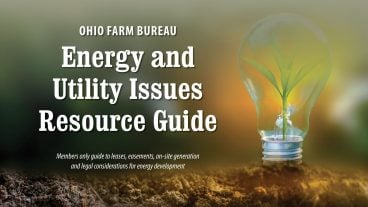
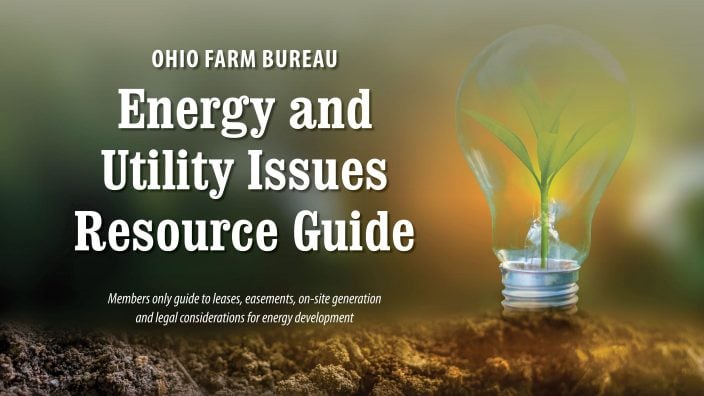
Ohio Farm Bureau’s newest resource for members seeks to help farmland owners navigate the many questions surrounding energy development.
Read More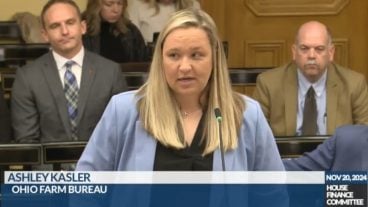
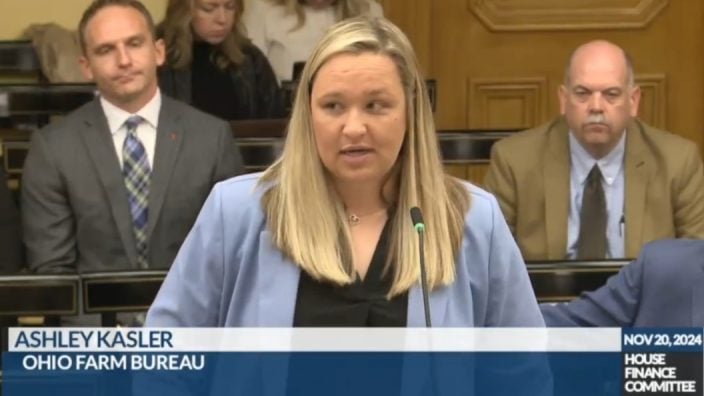
HB 683 would provide meaningful relief by investing $10 million in the counties that were most severely impacted by relentless hot and dry conditions this past summer.
Read More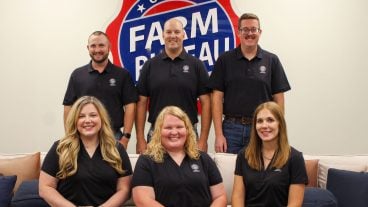
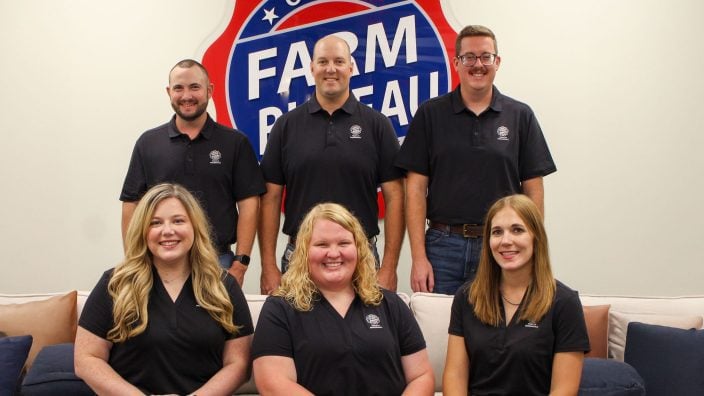
New members are Katherine and Bill Brown of Stark County, Abby and Blake Campbell of Washington County, Josh Ison of Clermont County and Hannah Thompson of Meigs County.
Read More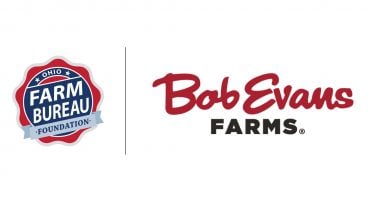
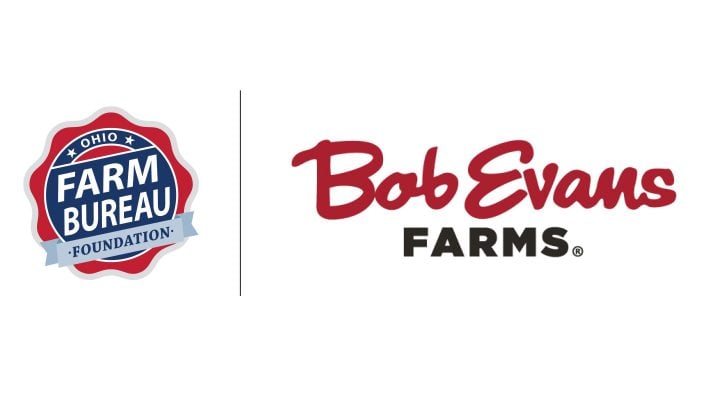
Bob Evans Farms has been a passionate supporter of Ohio Farm Bureau’s ExploreAg program since it began in 2018.
Read More

Ohio Bureau of Workers’ Compensation offers five tips to help prevent slips, trips and falls—one of the top causes of workplace injuries.
Read More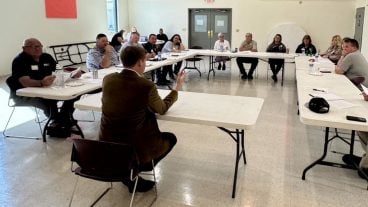
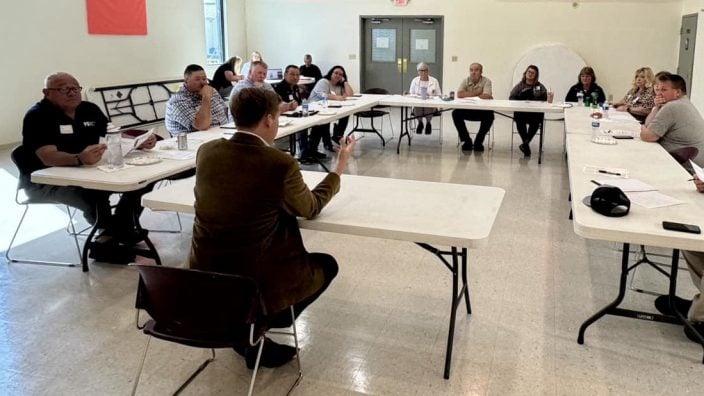
Through a grassroots process, county leaders identified 106 seats where a Friend of Agriculture could be named, with 104 of those seats ultimately being won by a Friend of Agriculture candidate.
Read More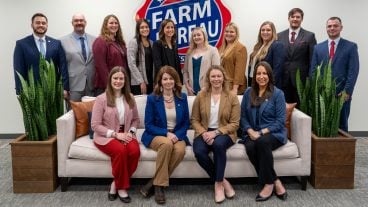
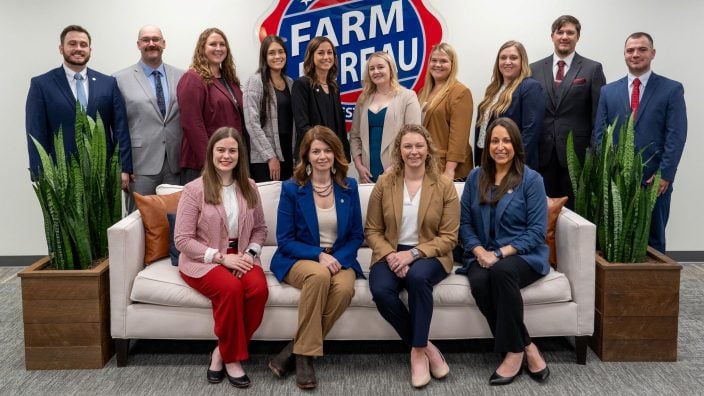
Ohio Farm Bureau’s 2024-2025 AgriPOWER Institute kicked off in October with 14 farmers and agribusiness professionals participating in Class XV.
Read More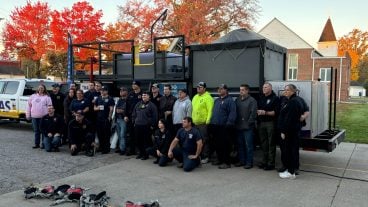
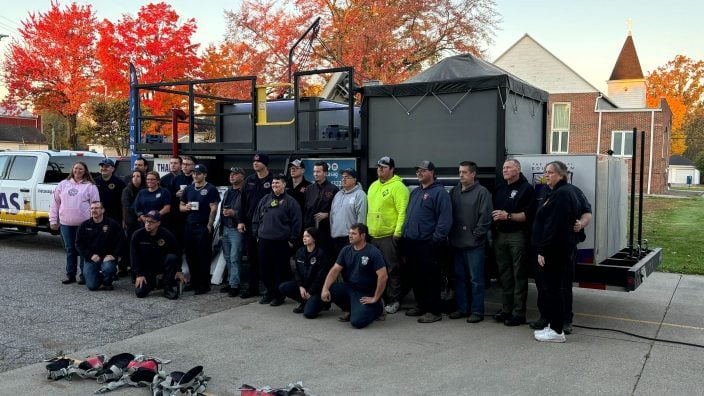
Nationwide’s Grain Bin Safety campaign has awarded grain rescue tubes and training to 390 fire departments across 32 states since 2014.
Read More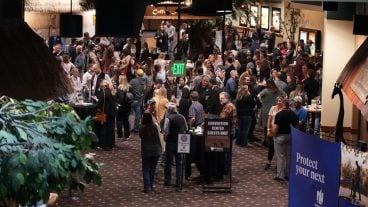
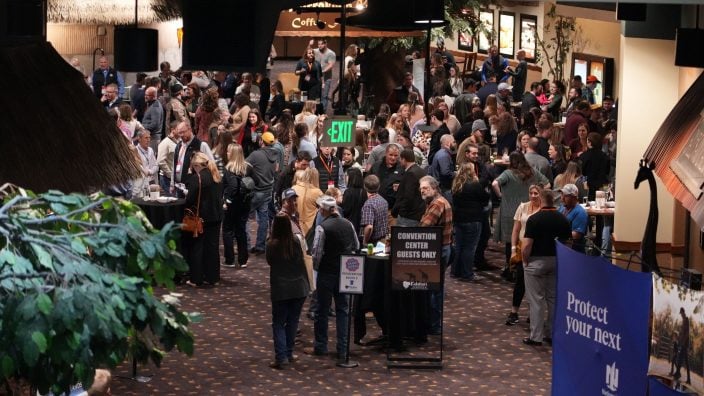
The event takes place Feb. 7-8, 2025 at Kalahari in Sandusky, Ohio and is open to members of all ages. Registration closes Jan. 21.
Read More

Receive free conference registration and complimentary transportation to and from the conference March 7-10, 2025 in Denver.
Read More